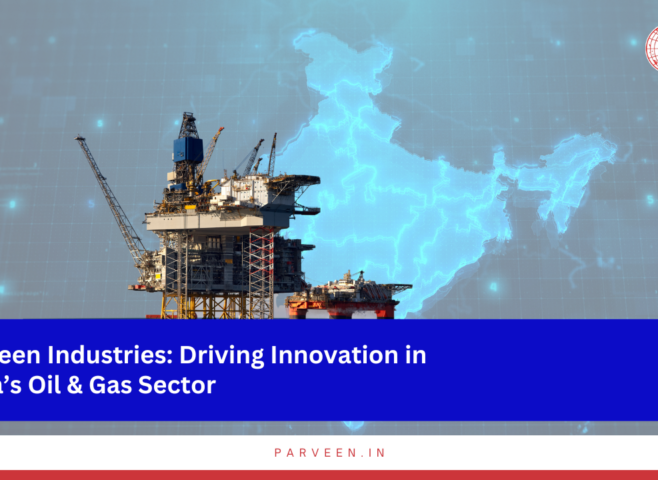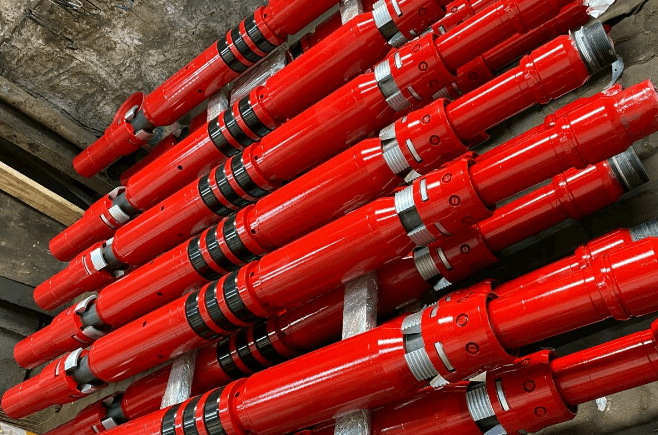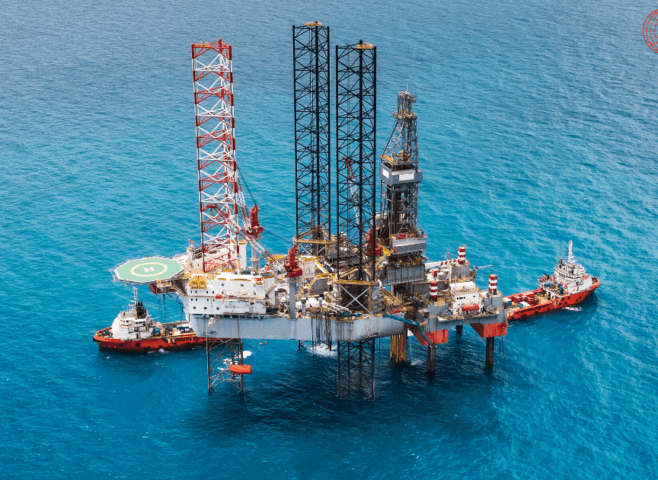
Valves are essential parts of any piping system used to control the flow and pressure of contents, whether that is oil, gas, liquid or vapors. Here is our list of the most commonly used oil and gas valves in the industry and the reasons for their existence.
Ball valves
A ball valve is a quarter-turn rotational motion valve that used a ball-shaped disk to control a flow. If the valve is opened, the holes in the ball stay in line with the body inlet allowing contents to pass.
The balls are generally made out of several metallics whilst the seats are made from soft materials like Teflon. The combination of materials means the ball valve can operate at temperatures as low as -200 deg C and as high as 500 deg C.
Mainly used for air, gases and liquids, ball valves are quick to turn on and off and have a tight sealing with low torque. The only downside to these valves are the lack of throttling properties available.
Breather valves
Also known as vacuum relief valves, breather valves are a special type of relief valve designed for tank protection. The valves prevent the build up of excessive pressure or vacuum which can unbalance the system or damage the storage vessel.
Pressure and vacuum protection levels are usually controlled with weighted pallets and can be combined to meet the required settings. This valve must be used in accordance with the American Petroleum Institute’s API standard 2000 for venting atmospheric and low pressure storage tanks.
Gate valves
Gate valves are primarily designed to start or stop a flow when a straight line flow of fluid and minimum flow restriction are needed. In service, these valves are pretty much kept either fully open, or fully closed.
When turned open, the disc of the gate is completely removed allowing contents to pass. Although this gives the valve good shut-off properties and is bidirectional, they cannot be quickly opened or closed and are sensitive to vibration when open.
ARC valves
Acronyms for ‘Automatic Re-circulation Valve’ and ‘Automatic Re-circulation Control’, these valves are multi-functional but has the primary purpose of ensuring that a pre-determined minimum flow is assured through centrifugal pump at all times.
As centrifugal pumps consistently suffer from being over heated, its important to keep the minimum flow otherwise dry valves means permanent damage.
Bellow sealed valves
There are two main types of bellow, the forged and the welded versions. Forged bellows are usually made from a thin wall of foil in a tube which is then longitudinally fusion welded.
The welded versions are made by welding washer-like plates of thin metal together at both the inner and outer circumference of the washers.
Traditionally made from stainless steel, they are most commonly used in conjunction with gate or globe designs due to their internal construction and axial movement of the valve stem.
Butterfly valves
A quarter-turn rotational motion valve, the butterfly valves is used to stop, start and regulate flow. Easy and fast to open, the valve usually comes equipped with a gearbox where the hand wheel by gear is connected to they stem.
This simplifies the operation of the valve, but at the expense of speed. These valves must also be installed a minimum of 6 pipe diameters away from other line elements.
As well as being lightweight, and quick to use, the butterfly valves are available in large sizes and can cope with low-pressure drop and high-pressure recovery.
Globe valves
Typically used for cooling water systems, transporting fuel oil and turbine lube oil systems, a globe valve is a linear motion valve used to stop, start and regulate flow.
Conventionally used for isolation and throttling services, the globe has become the world’s most common types of valves. With a good shut off ability, available in tee, wye and angle patterns and easy to machine the valve seats – its easy to see why they are so popular.
The slight disadvantages of the globe are that they perform unfavorably when high pressure drops, and require greater force or throttling flow under the seat to shut off valve.
ORBIT valves
Every ORBIT valve incorporates a tilt and turn operation that eliminates seal rubbing, which is a primary cause of valve failure. When an ORBIT valve is closed, the core is mechanically wedged tightly against the seat assuring a positive shut off.
When an ORBIT valve begins to open, the core tilts away from the seat and line flow passes around the core face. This eliminates localized high velocity flow that typically creates uneven seat wear and a reduced valve life.
Capable of working at -104 deg C to 427 deg C, the valve is used for hot oil systems and mole sieve dryers.
Pressure seal valves
Adopted for valves for high pressure service, pressure seal valves are typically used in excess of 170 bar. The unique feature about the pressure seal ‘bonnet’ is that the body’s joints seals improve as the internal pressure increases.
It should also be noted that these valves also come as a bolted bonnet too seal the valve and the pressure seal gasket.
Plug valves
A plug valve uses a tapered or cylindrical plug to stop or start a flow. In open position, the plug-passage is in one line with the inlet and outlet ports. If the plugis rotated from the open position, the solid part of the plug blocks the port and stops the flow.
These are quick to turn off, smaller in size compared to most valves and has minimal resistance flow. However, they do have a reduced port due to tapered plugs and a requires a large force to actuate, due to high friction.




